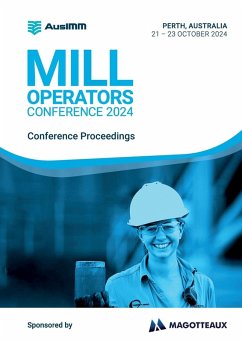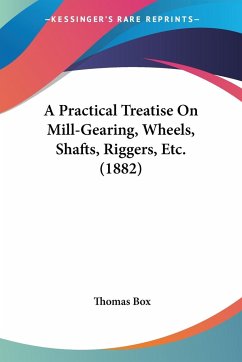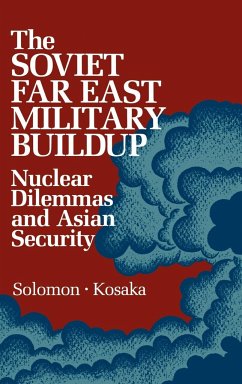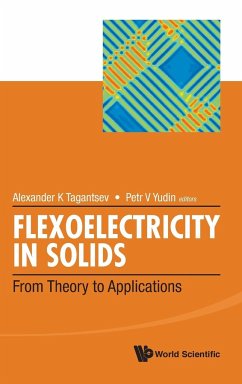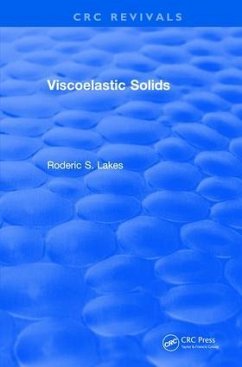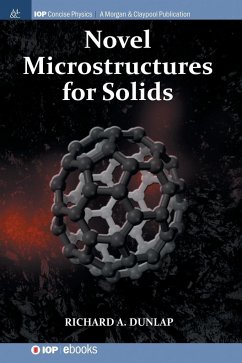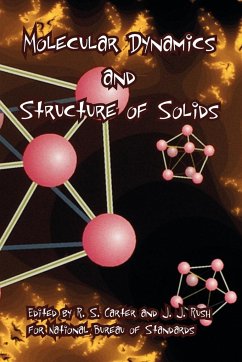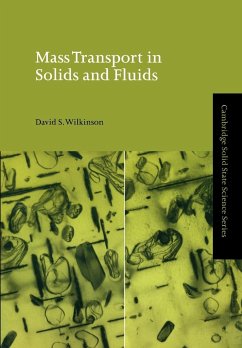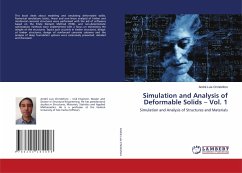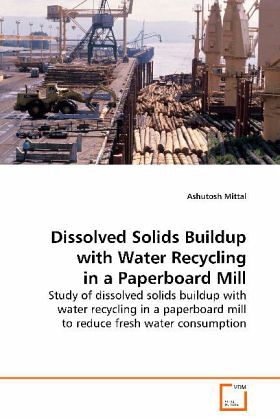
Dissolved Solids Buildup with Water Recycling in a Paperboard Mill
Study of dissolved solids buildup with water recycling in a paperboard mill to reduce fresh water consumption
Versandkostenfrei!
Versandfertig in 6-10 Tagen
39,99 €
inkl. MwSt.

PAYBACK Punkte
20 °P sammeln!
The objective of this study was to investigate thedissolved solids buildup with increased effluentrecycle in a paperboard mill. This was accomplishedby studying Solvay Paperboard, a paperboard milllocated in Solvay, NY, which conducted a waterreduction program by effluent recycling and therebyreducing its fresh water consumption. Criticalsubstances, those that were most detrimental for theprocess operation during effluent recycling, wereidentified and their buildup in the effluent andpaperboard was investigated. To avoid thecomplications of the various internal loops in theprocess, a black box...
The objective of this study was to investigate thedissolved solids buildup with increased effluentrecycle in a paperboard mill. This was accomplishedby studying Solvay Paperboard, a paperboard milllocated in Solvay, NY, which conducted a waterreduction program by effluent recycling and therebyreducing its fresh water consumption. Criticalsubstances, those that were most detrimental for theprocess operation during effluent recycling, wereidentified and their buildup in the effluent andpaperboard was investigated. To avoid thecomplications of the various internal loops in theprocess, a black box concept was adopted, in whichthe mill was considered as a black box and a massbalance was performed on each critical speciesentering the mill with the input streams and leavingthe mill with the output streams. Solvay Paperboardunderwent a water reduction program in a series ofphases, mass balance models were developed for eachphase to predict the solids buildup in the effluentand the paperboard taking into account thepartitioning or retention of the critical species inthe output streams during each phase.



